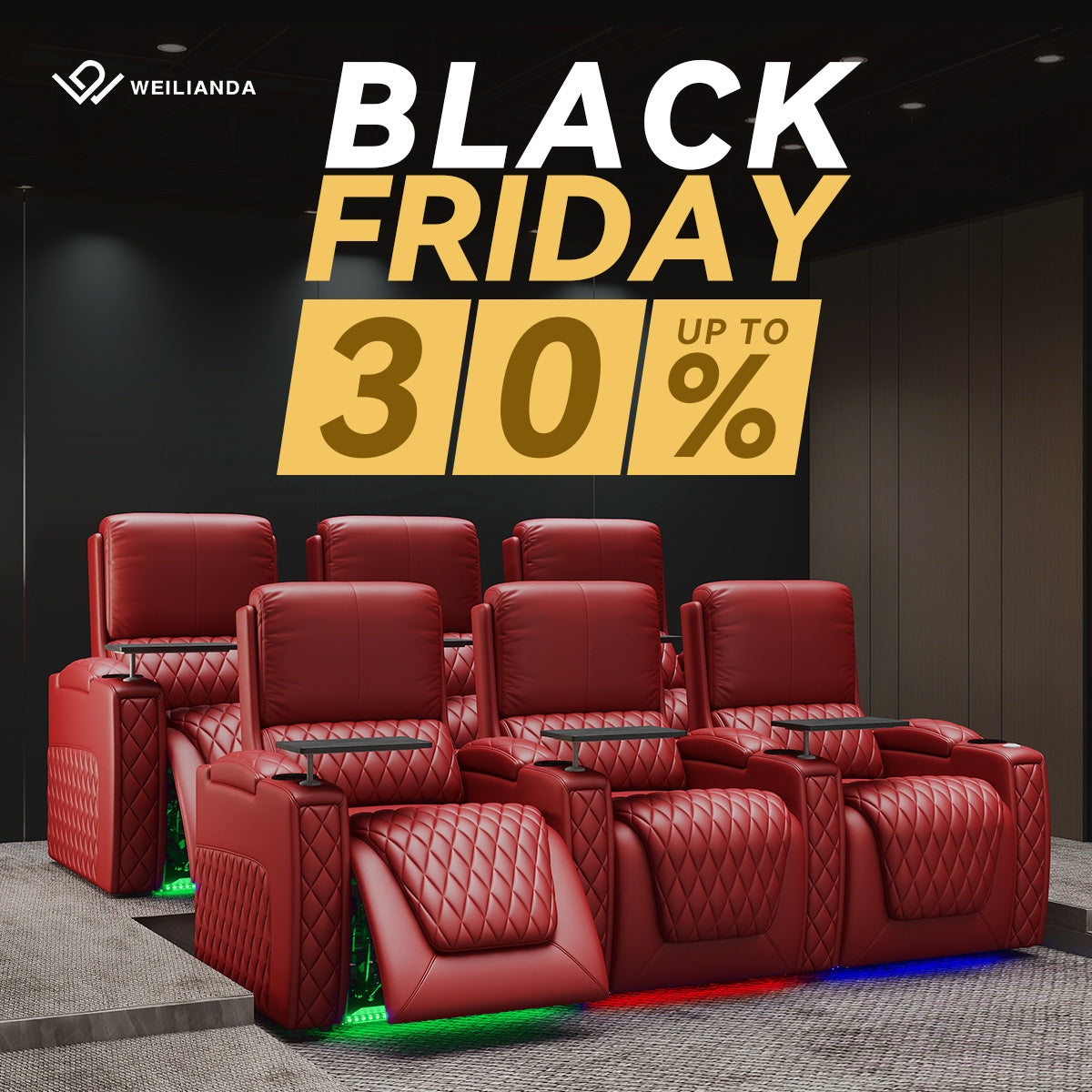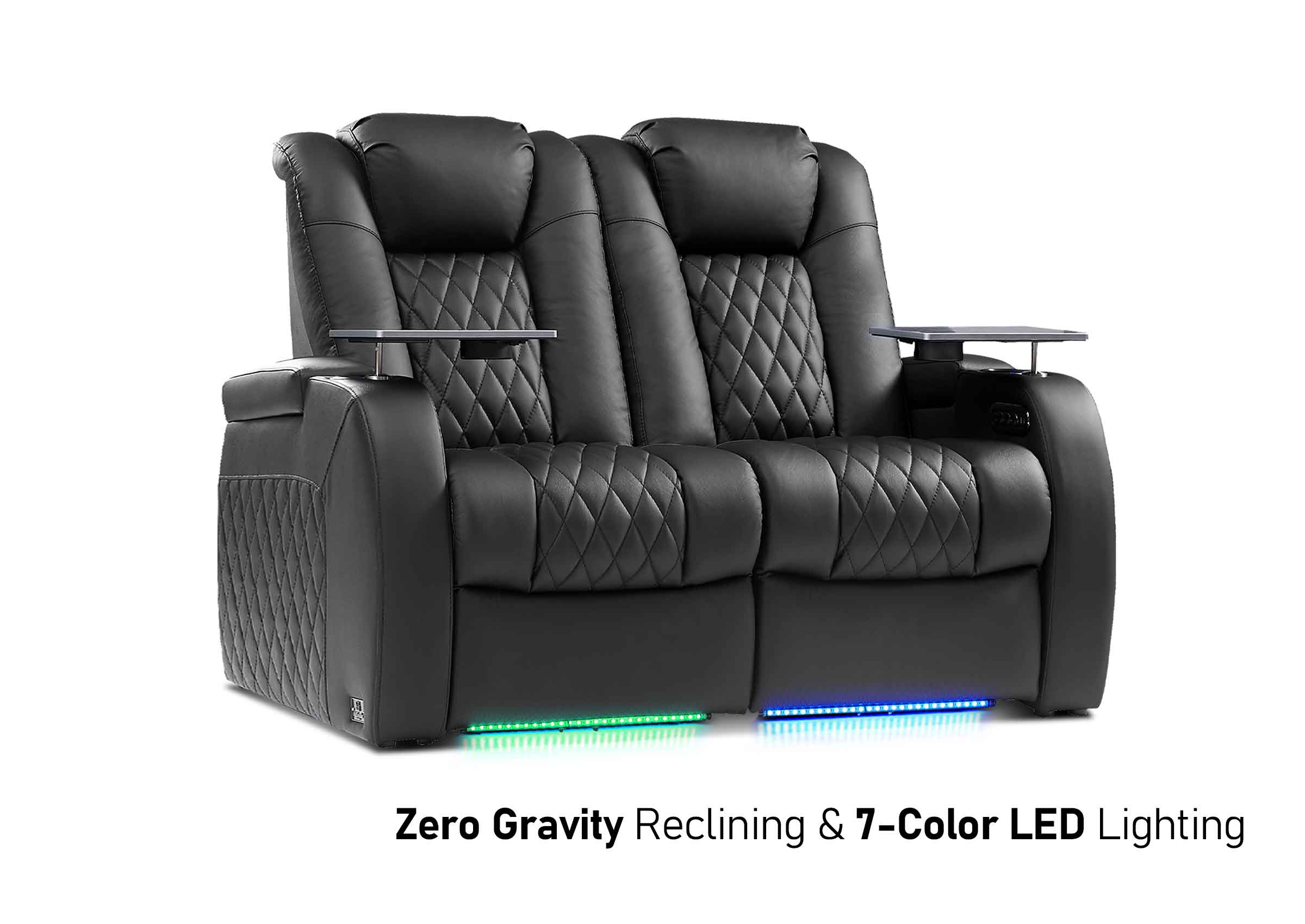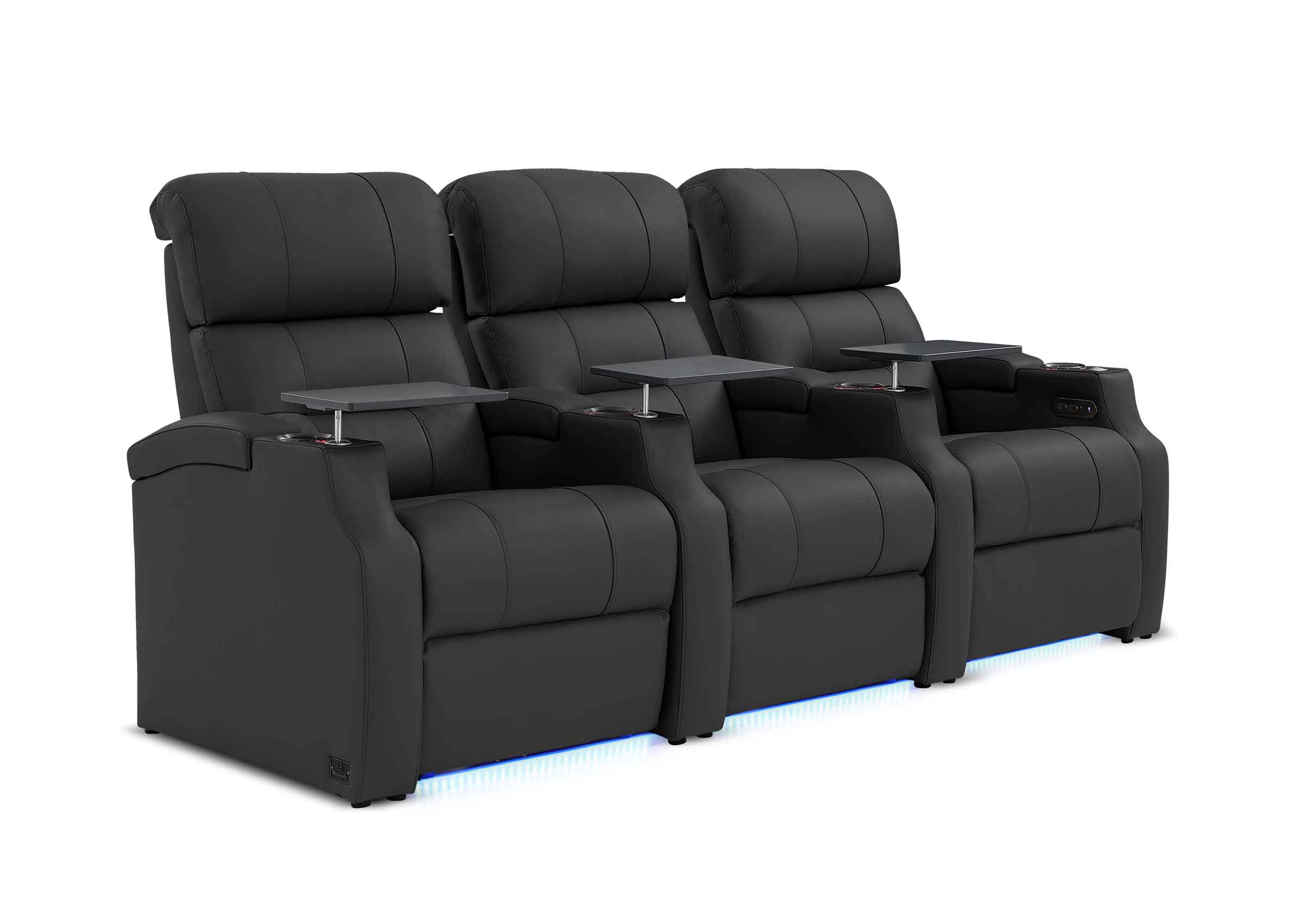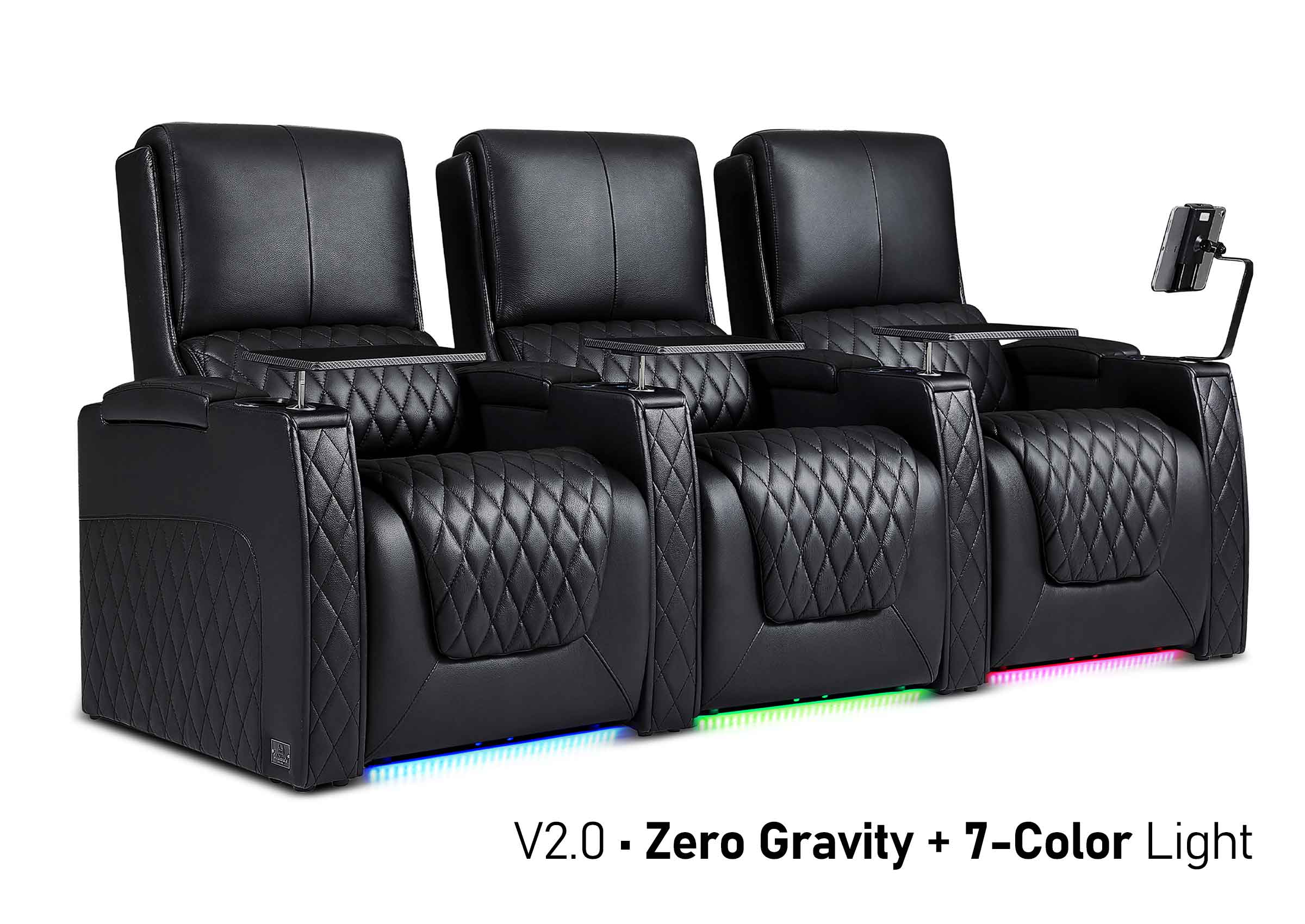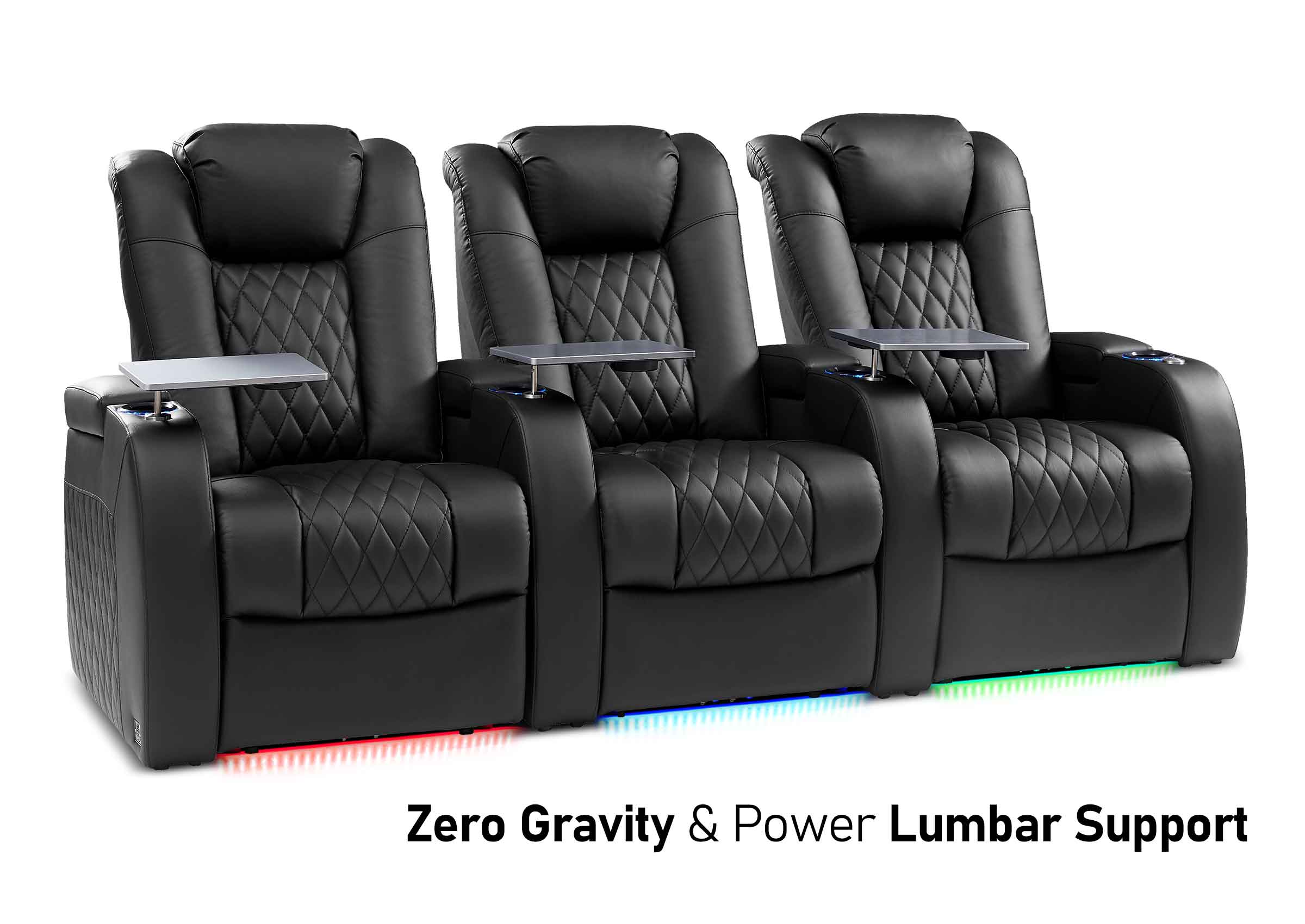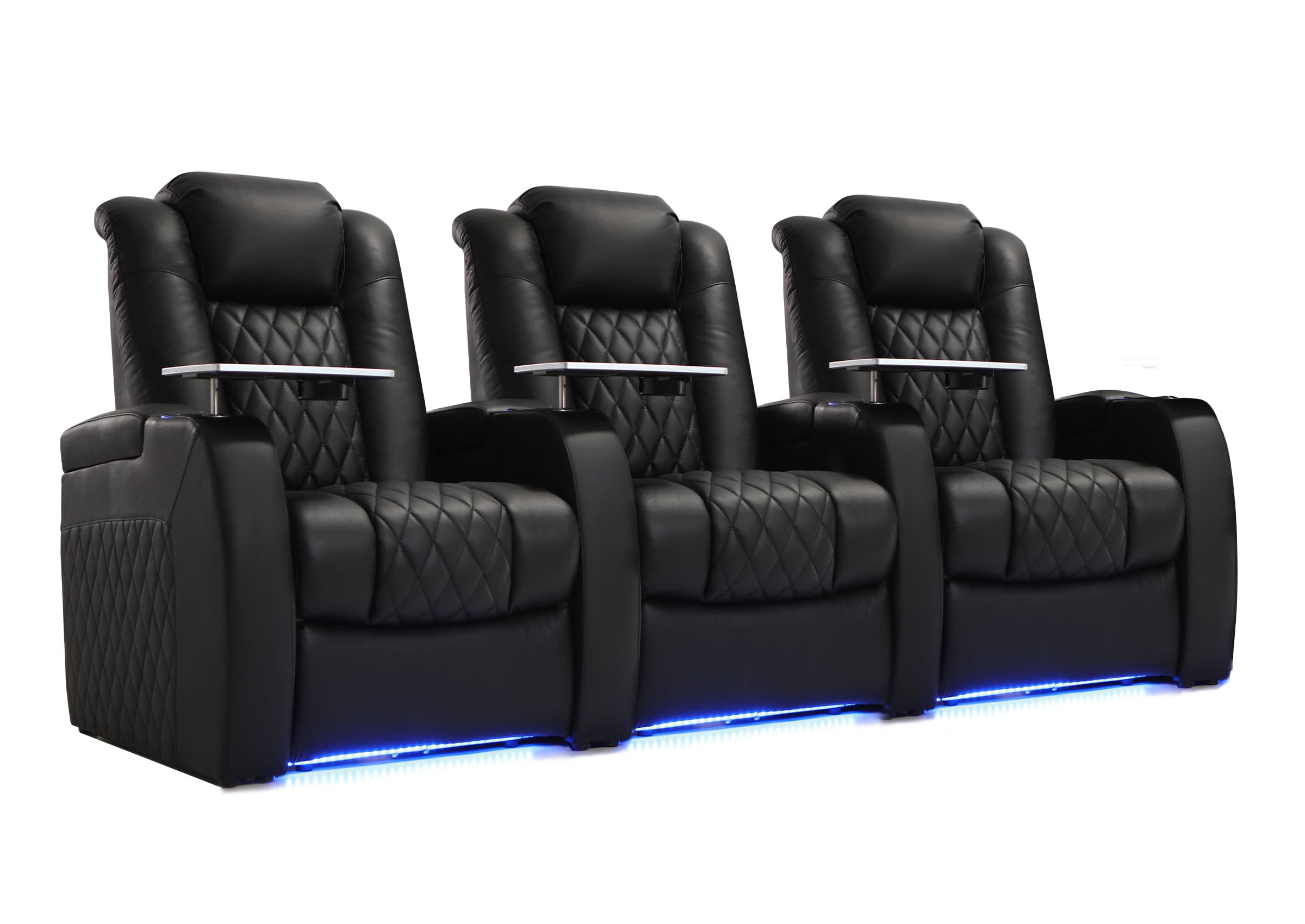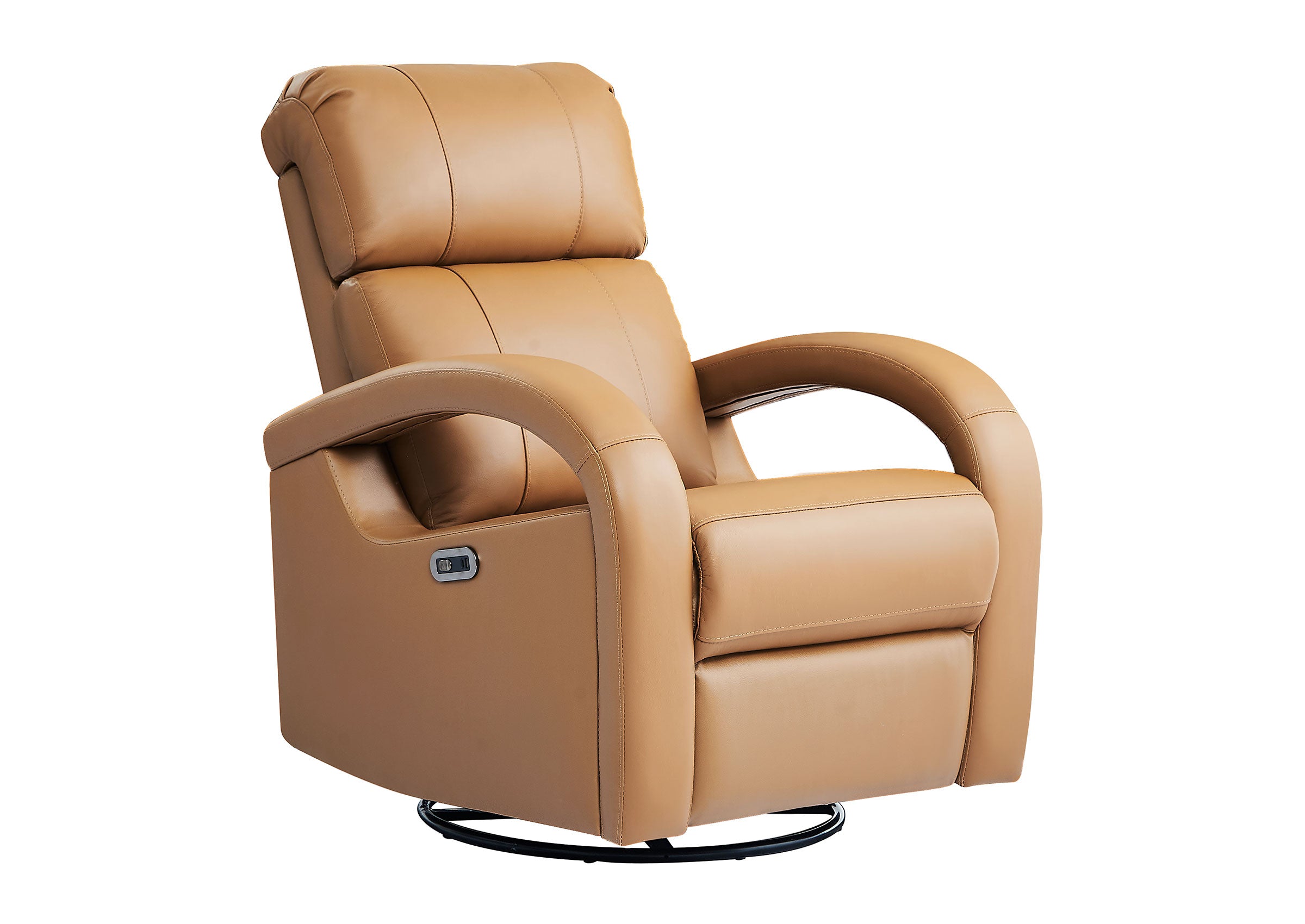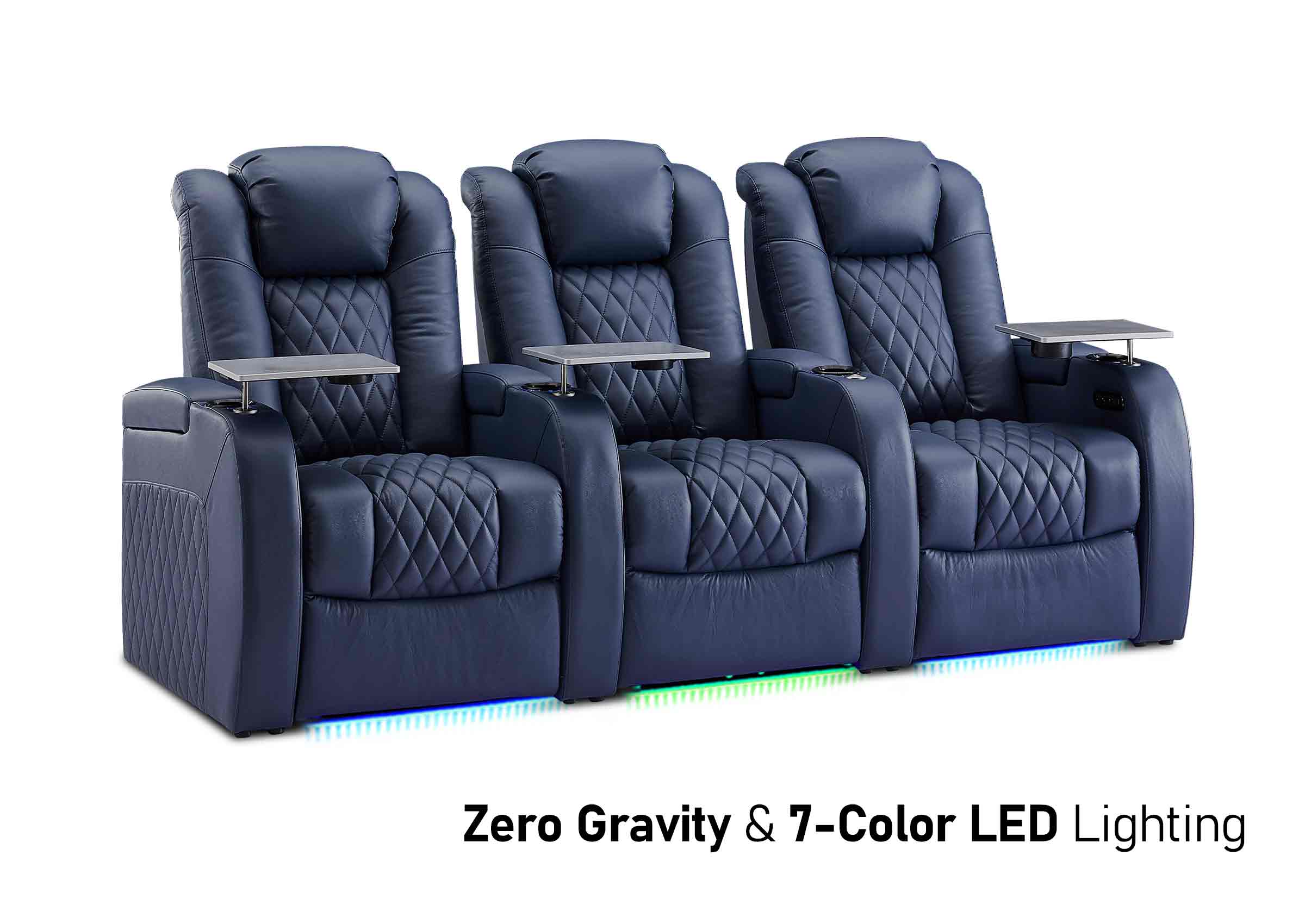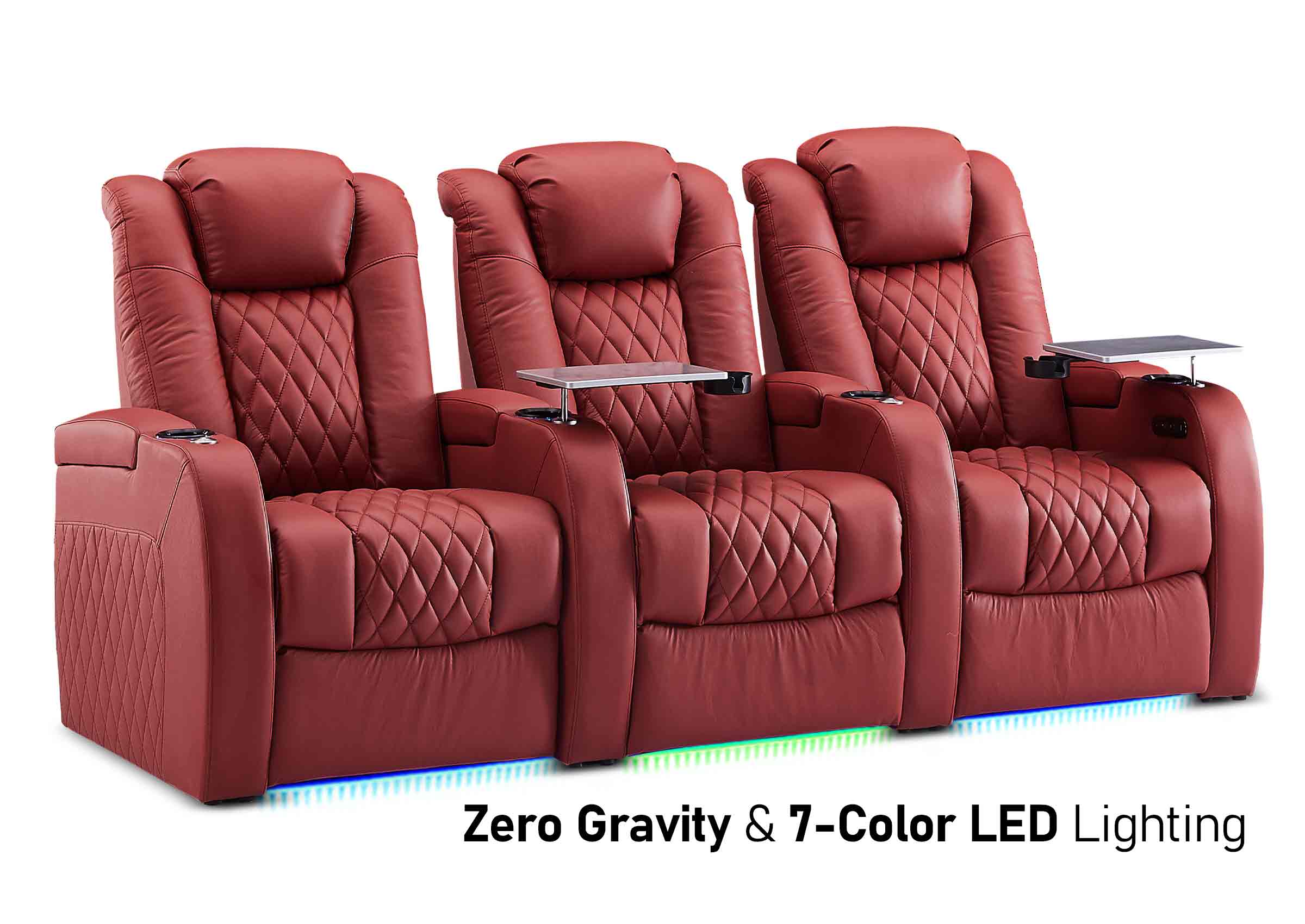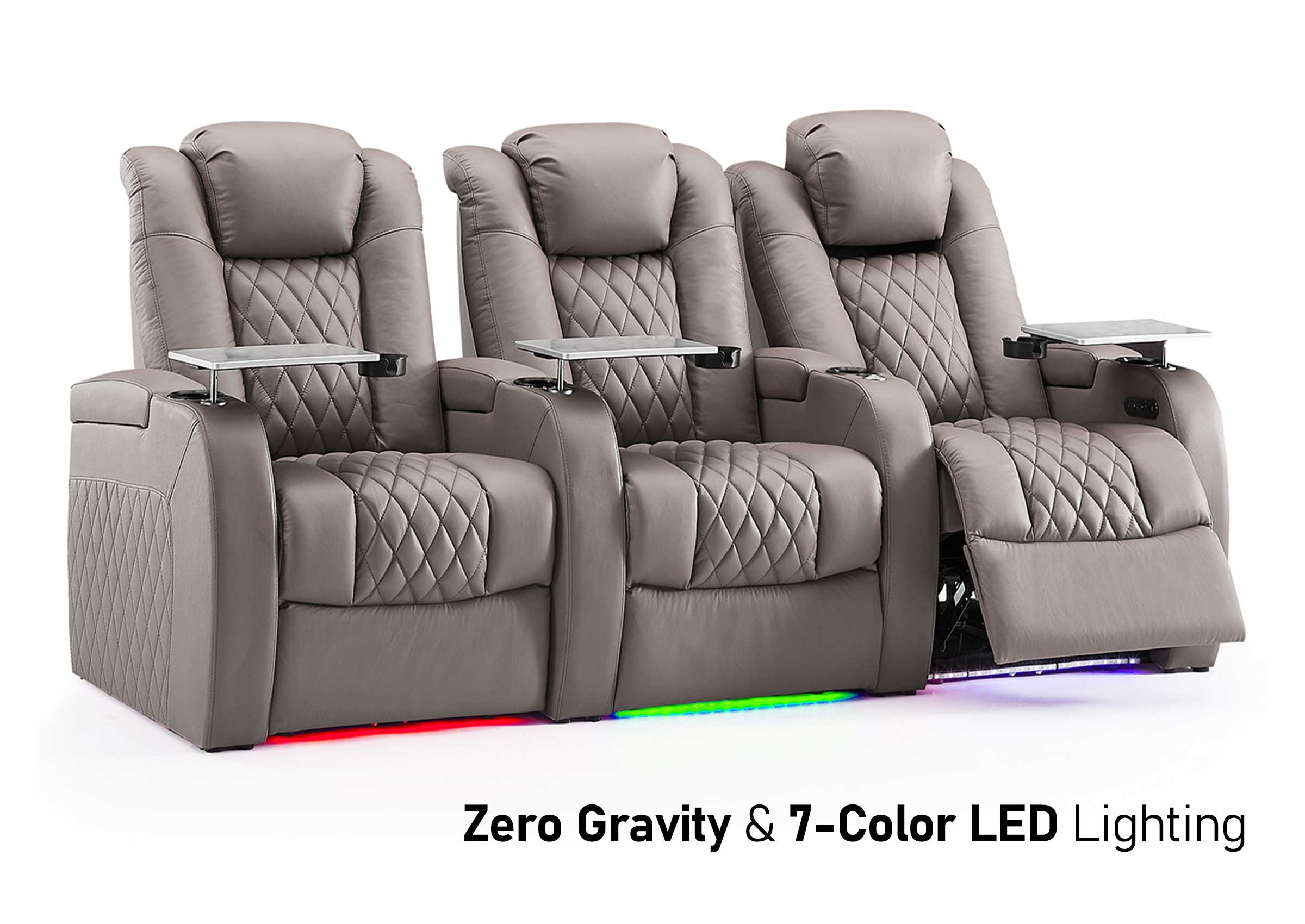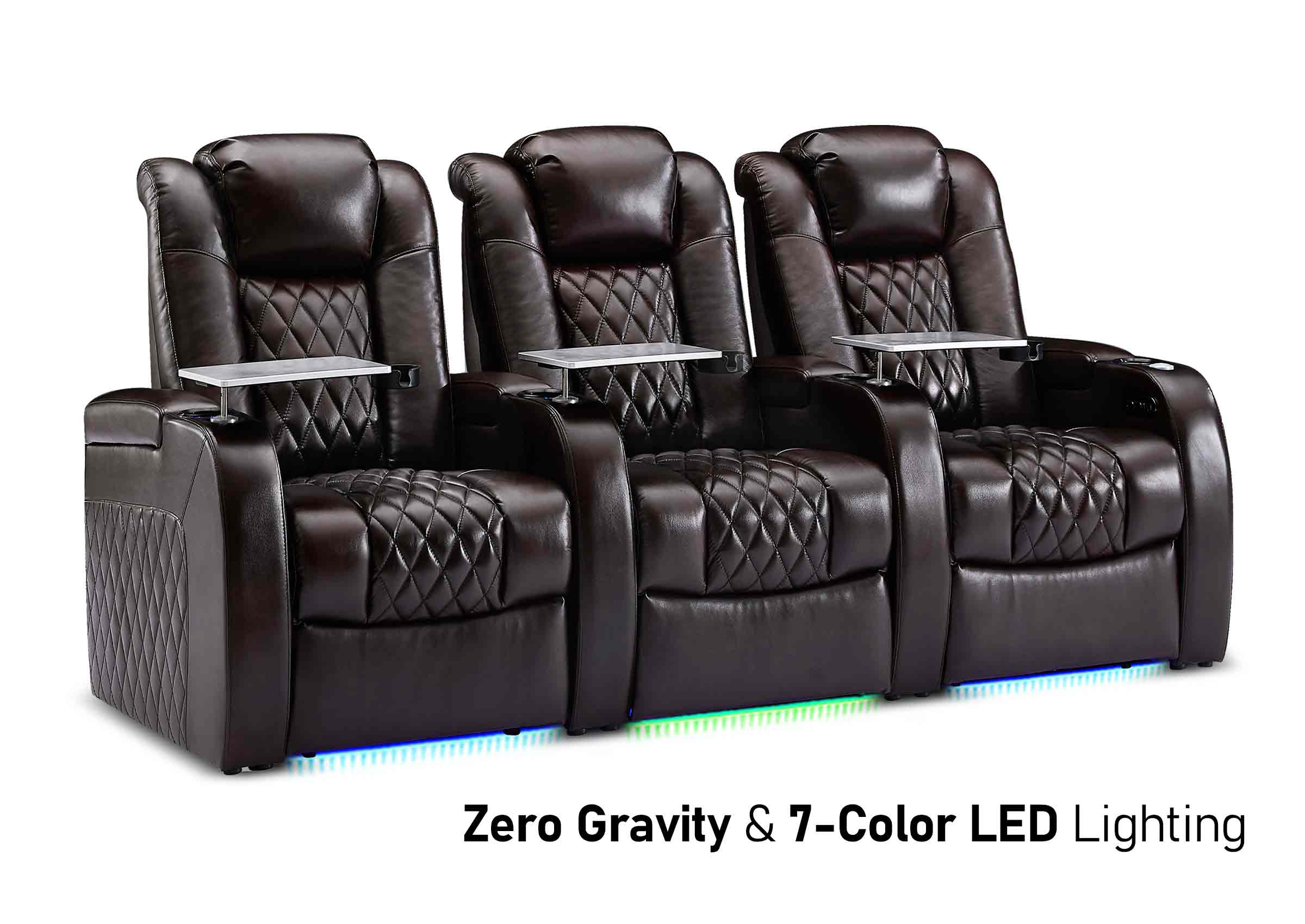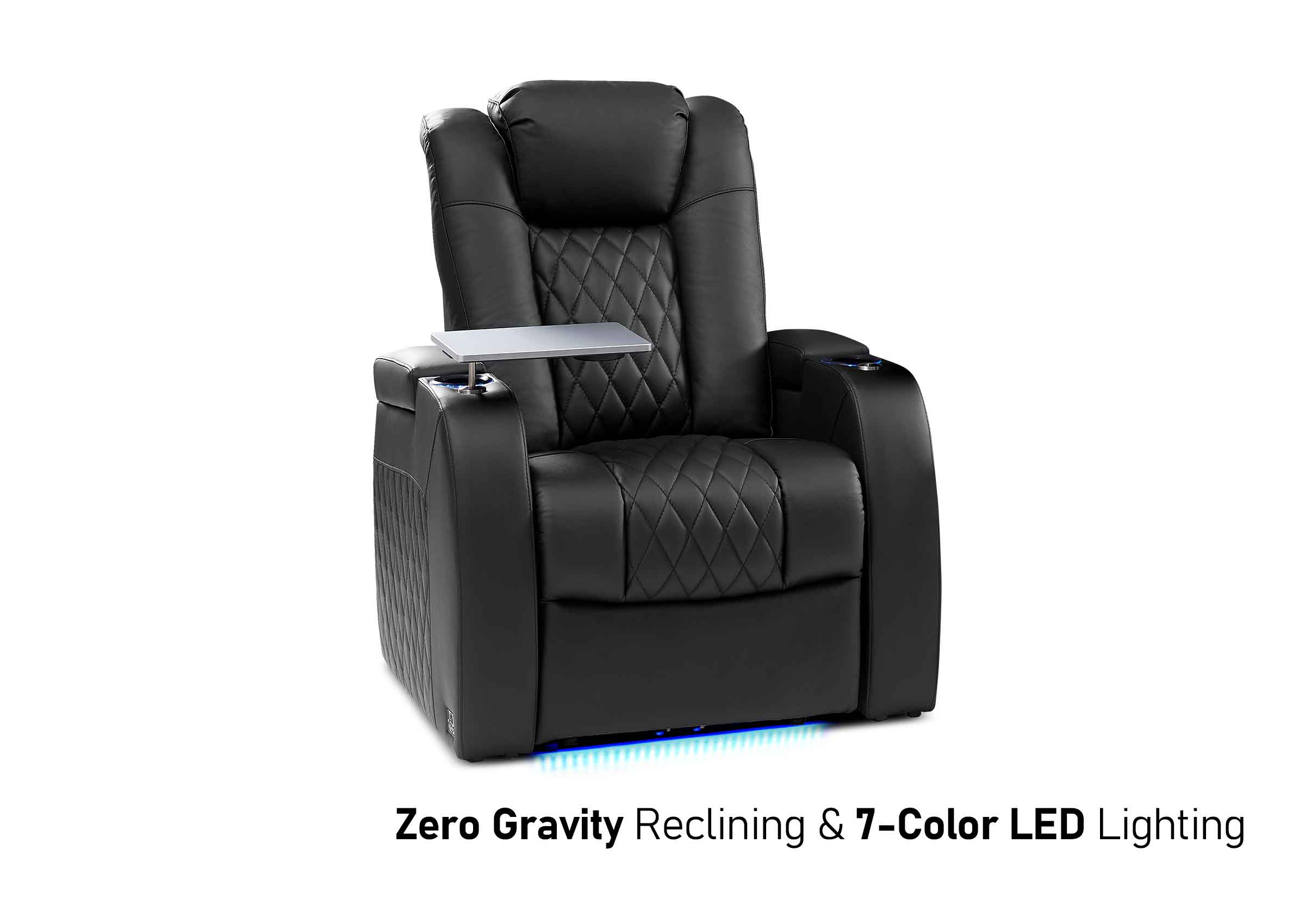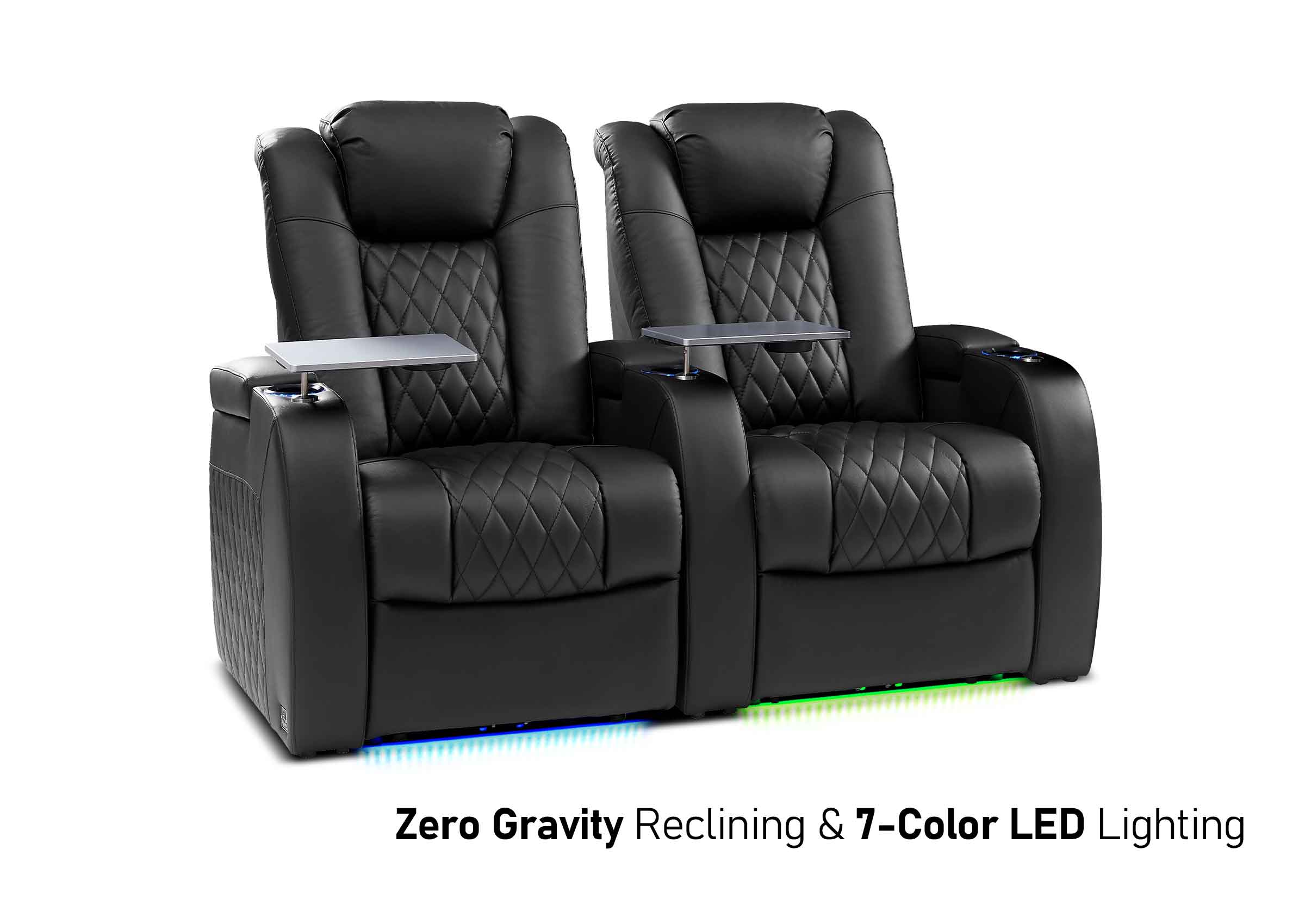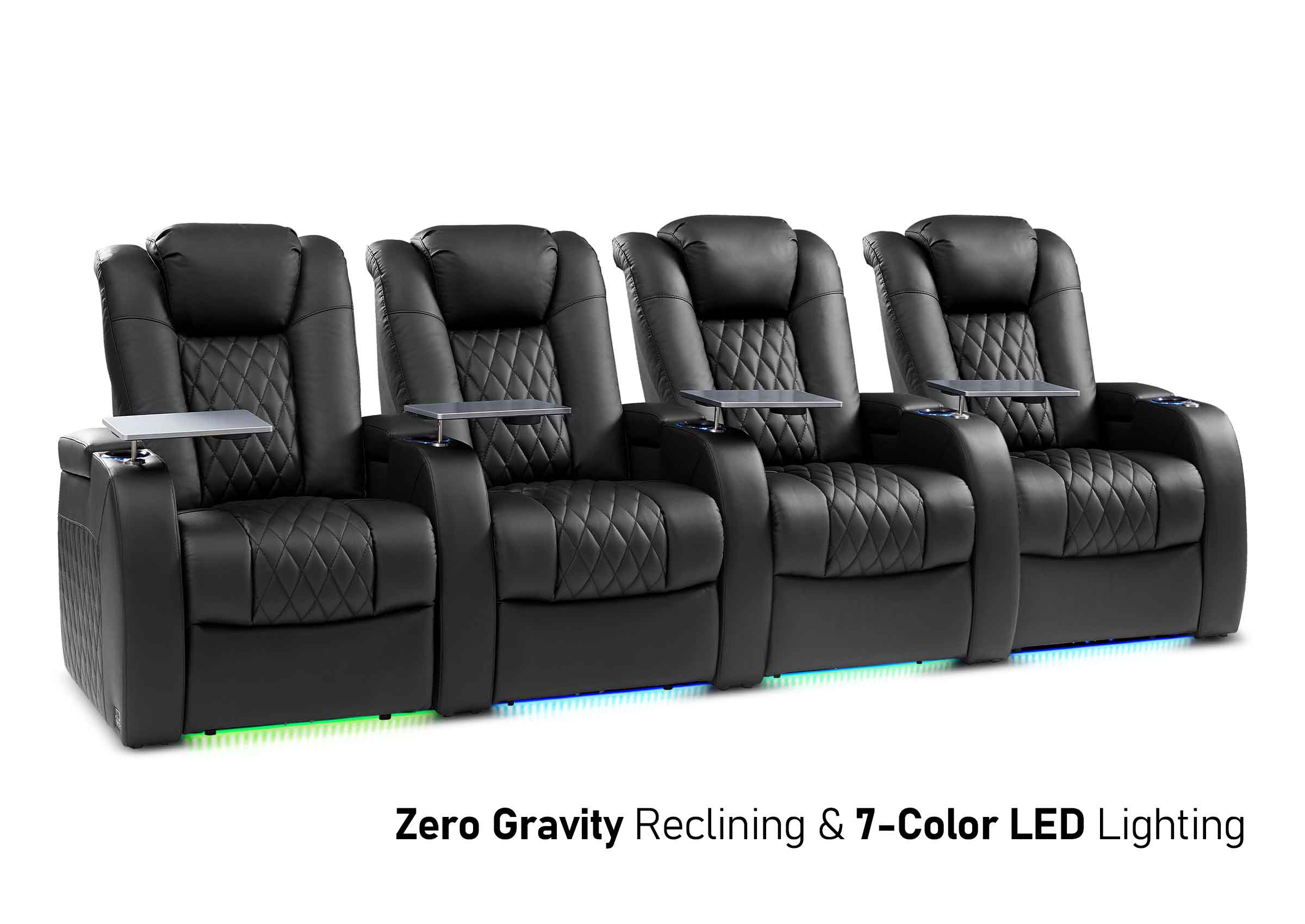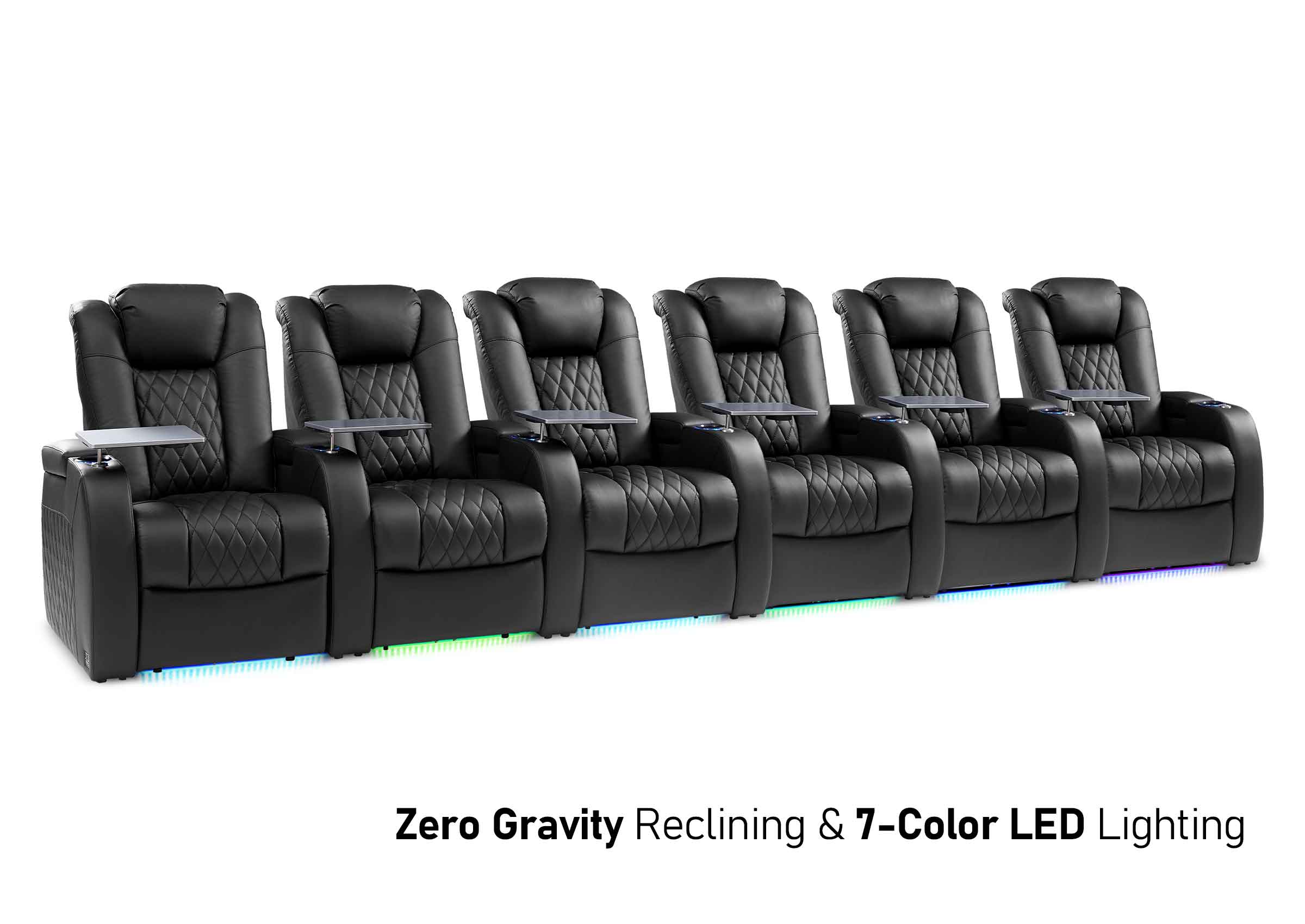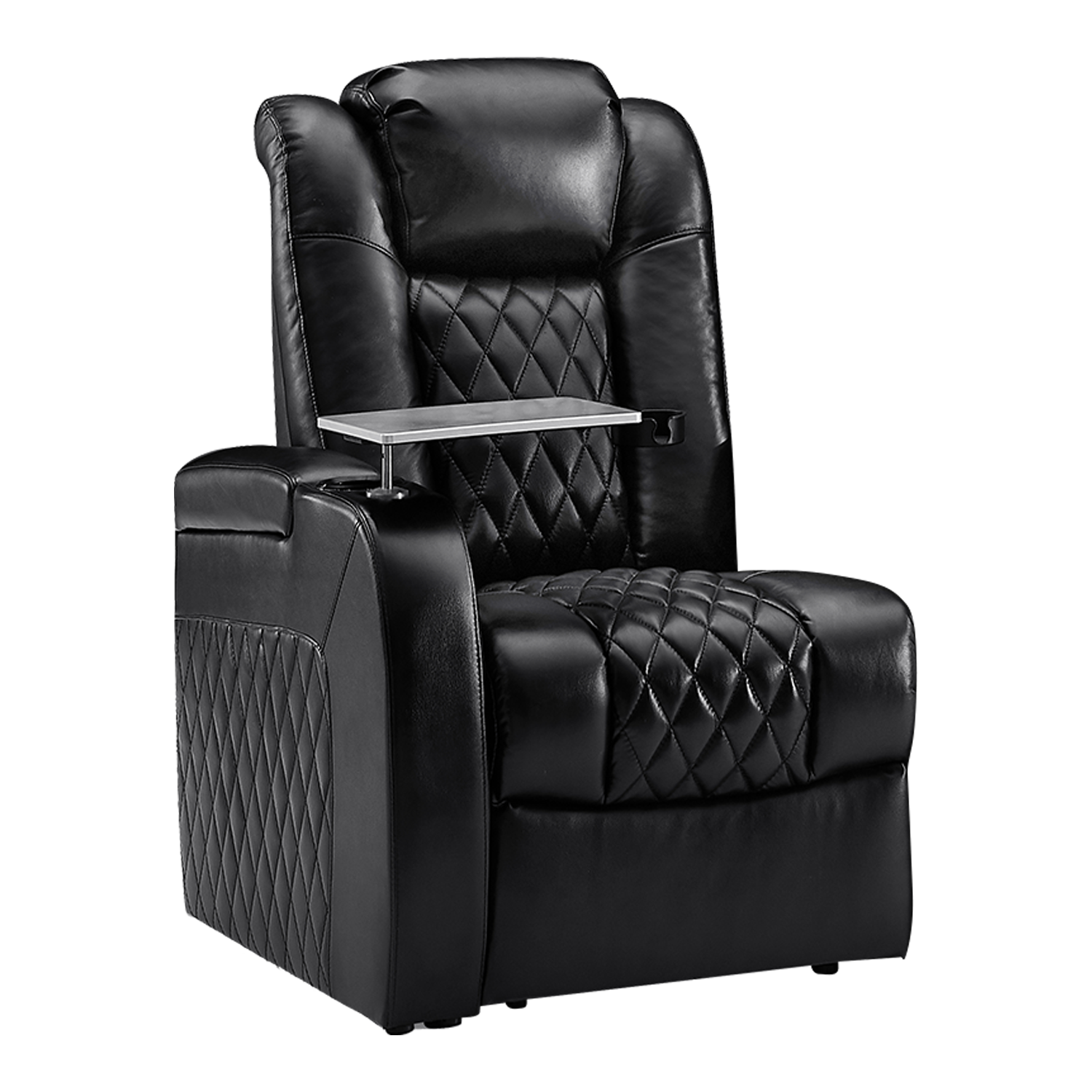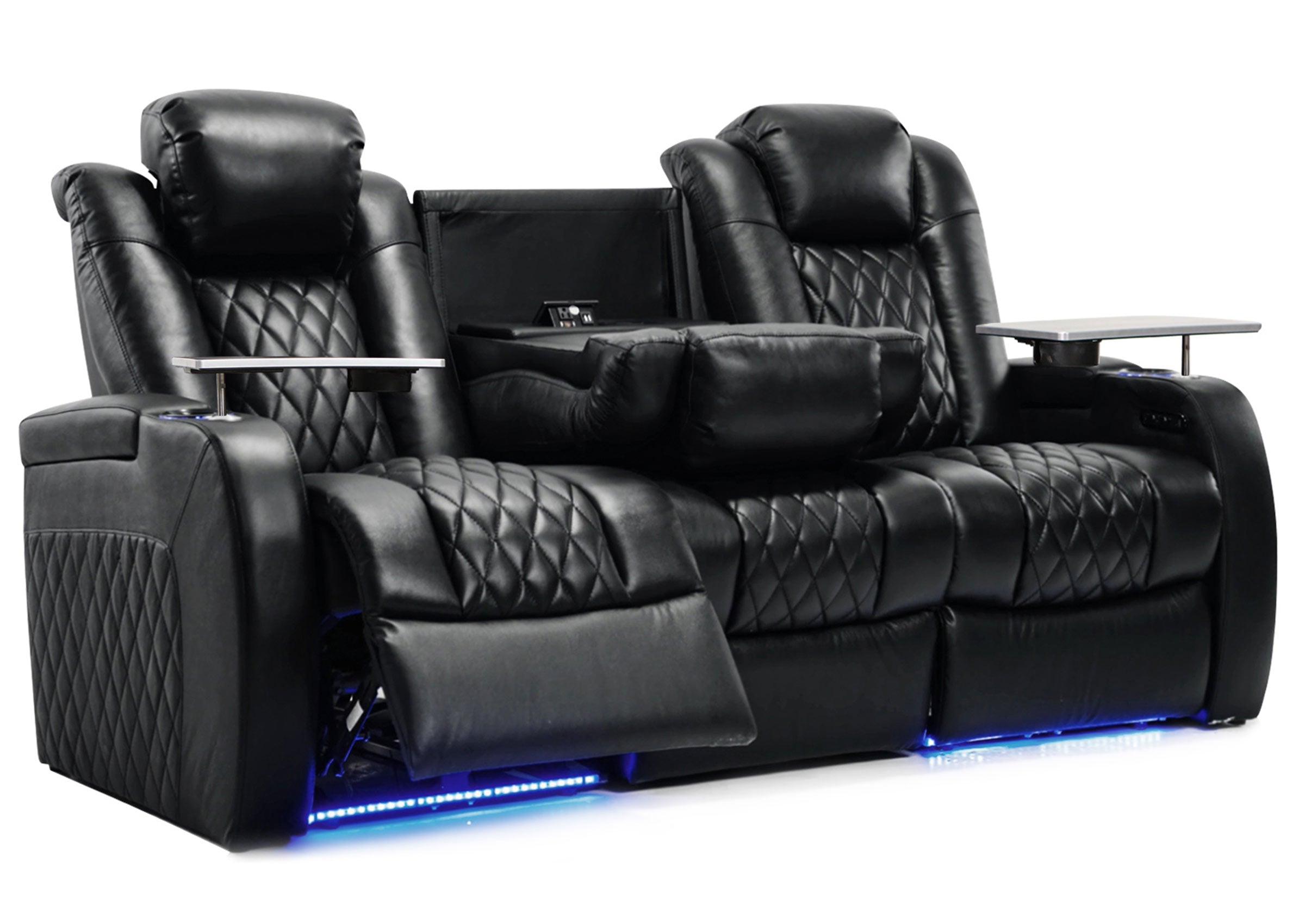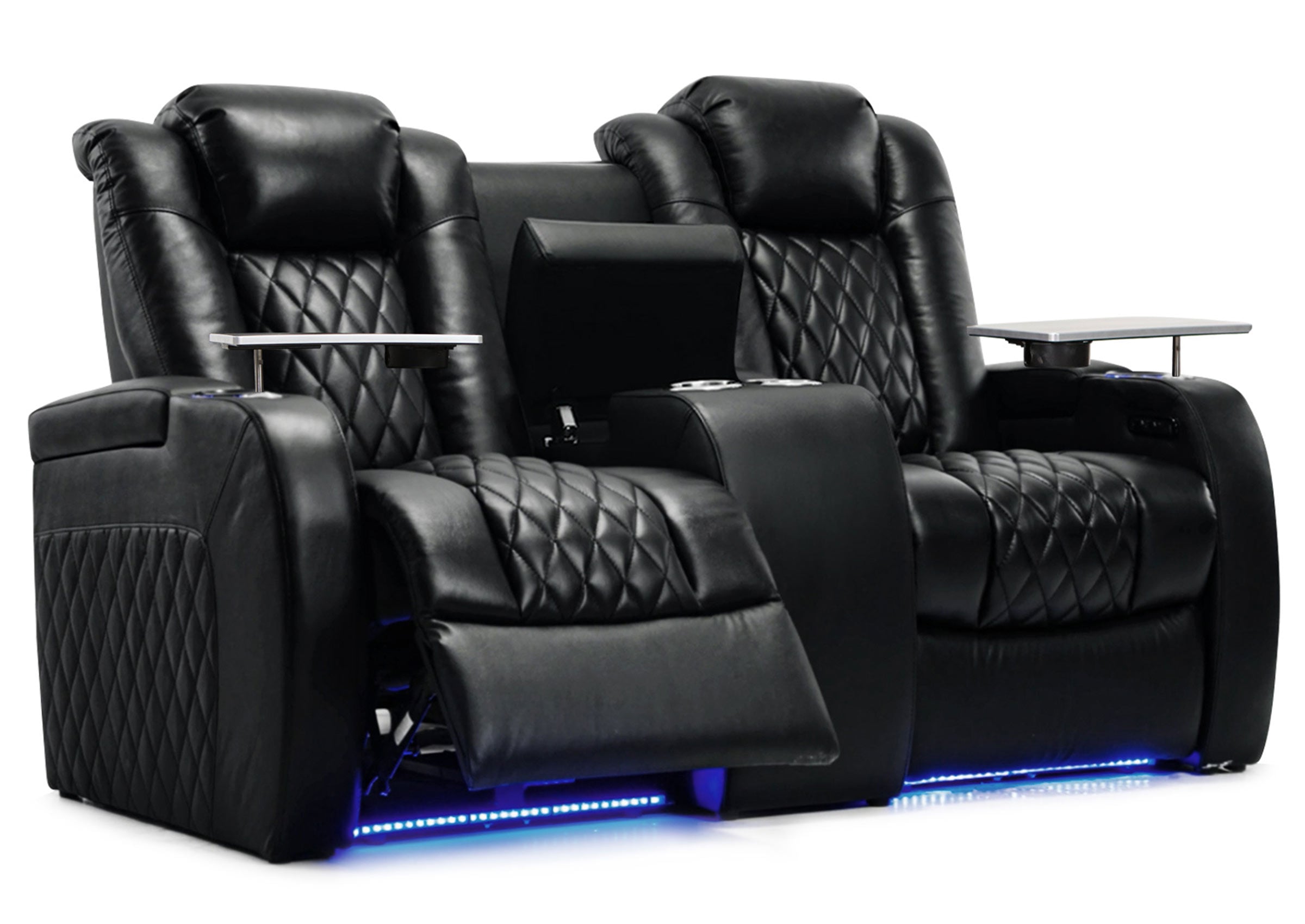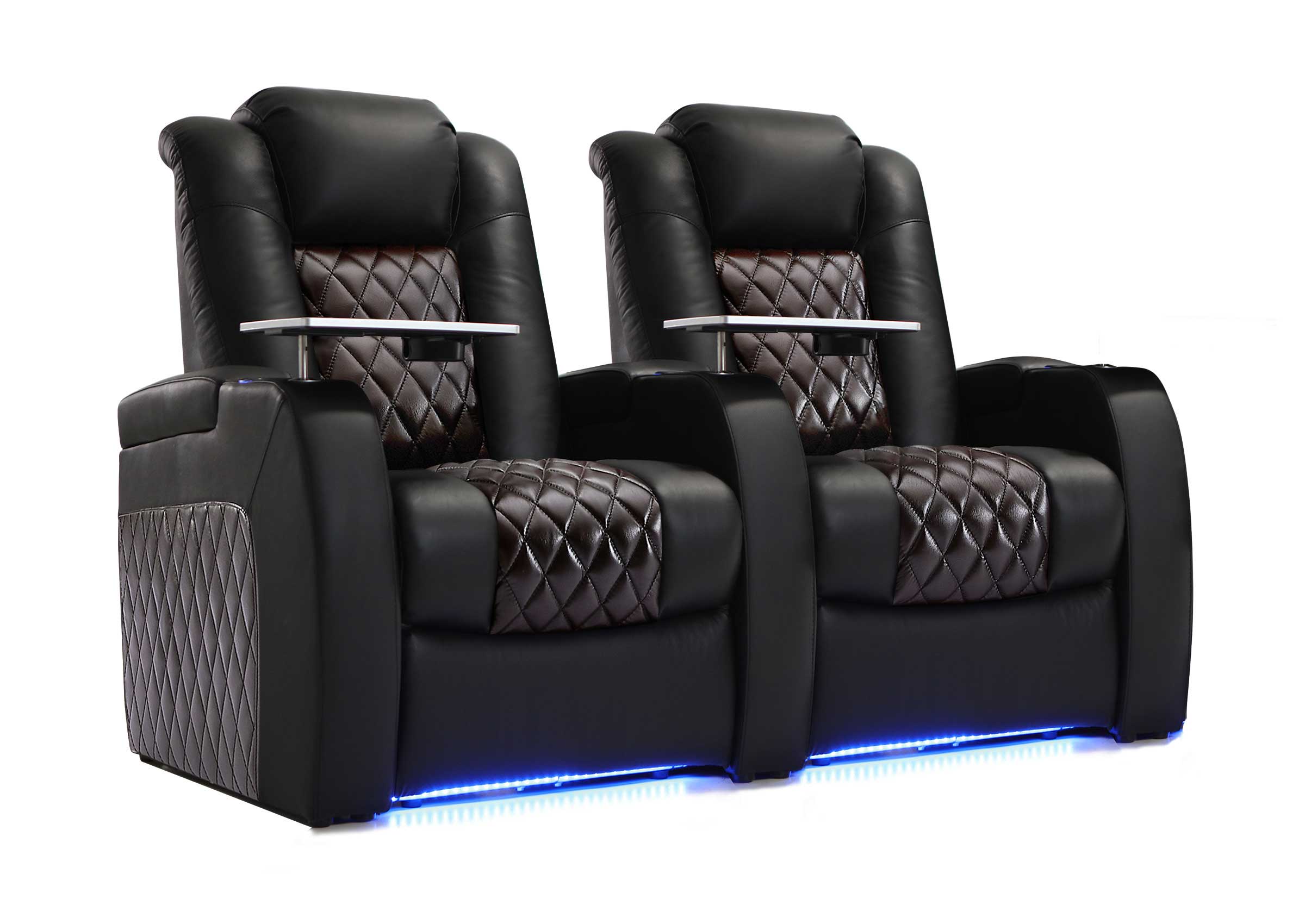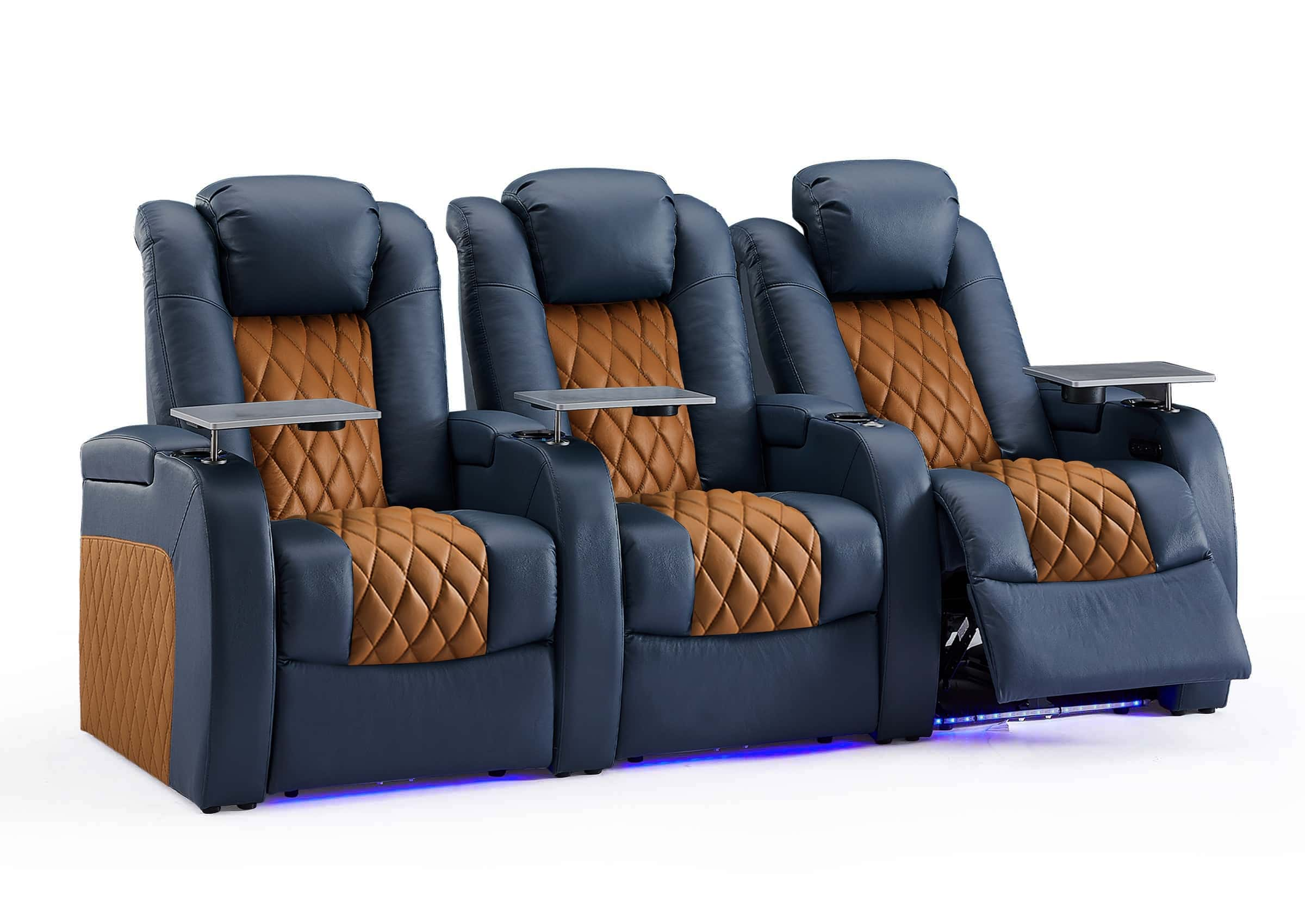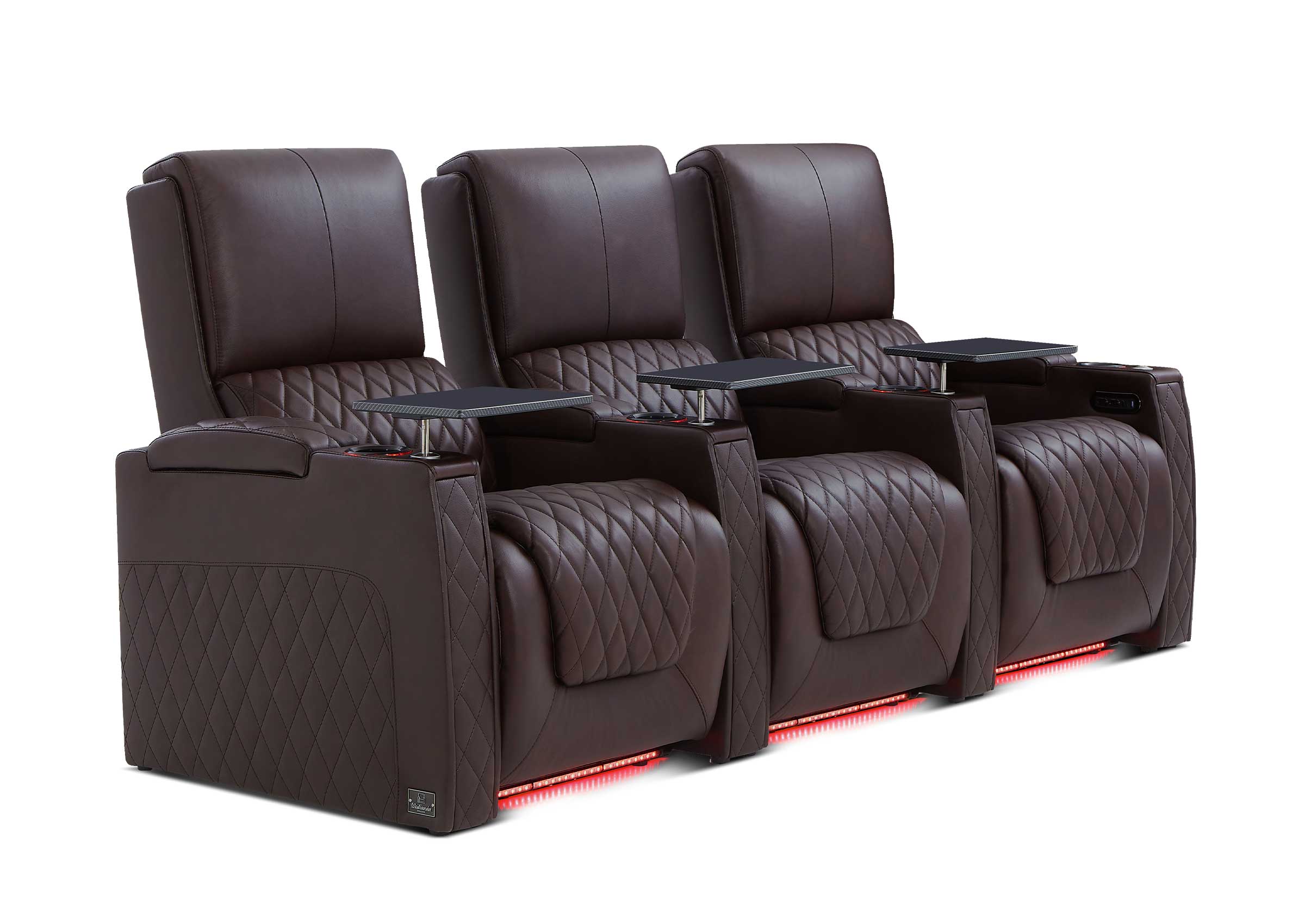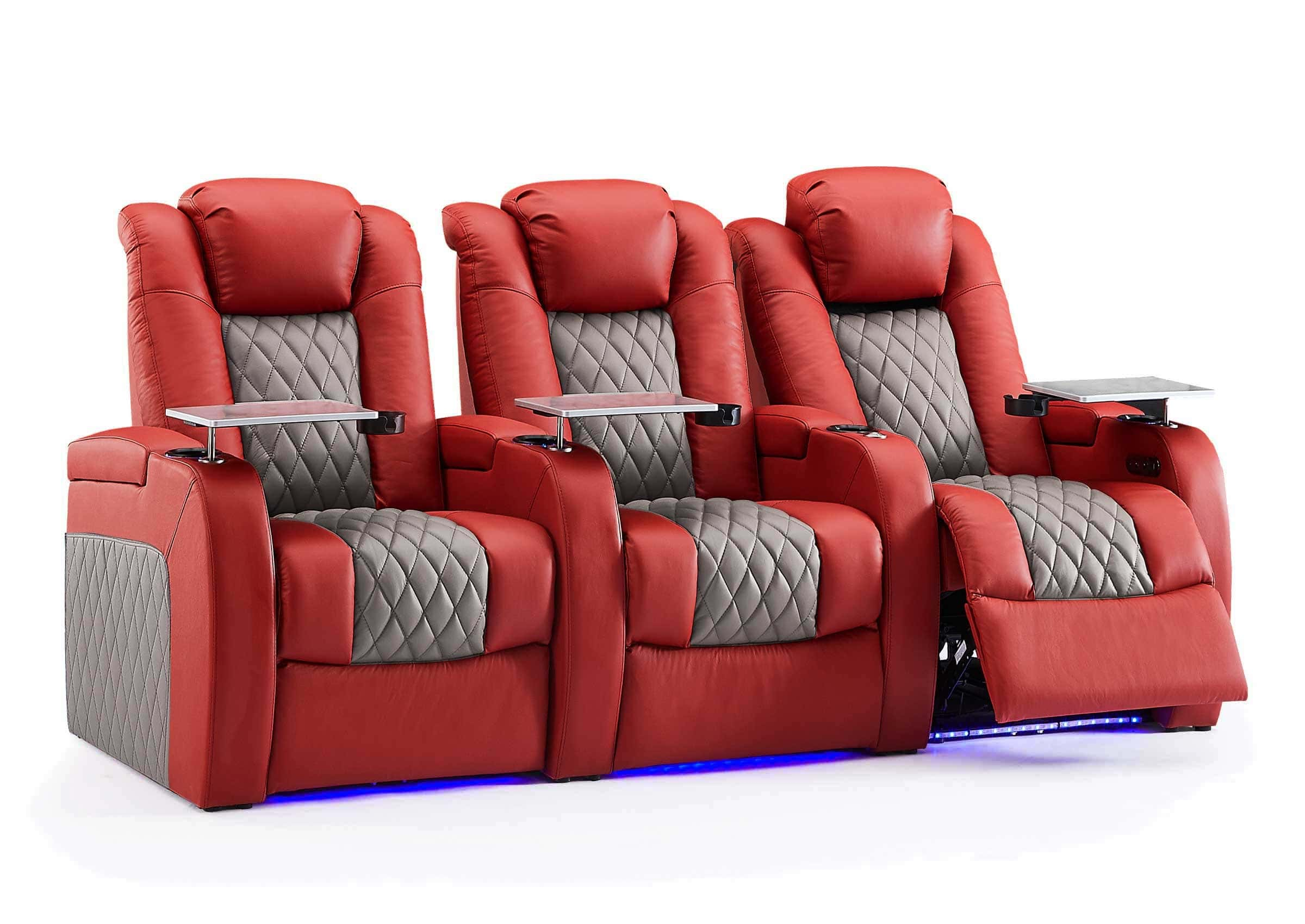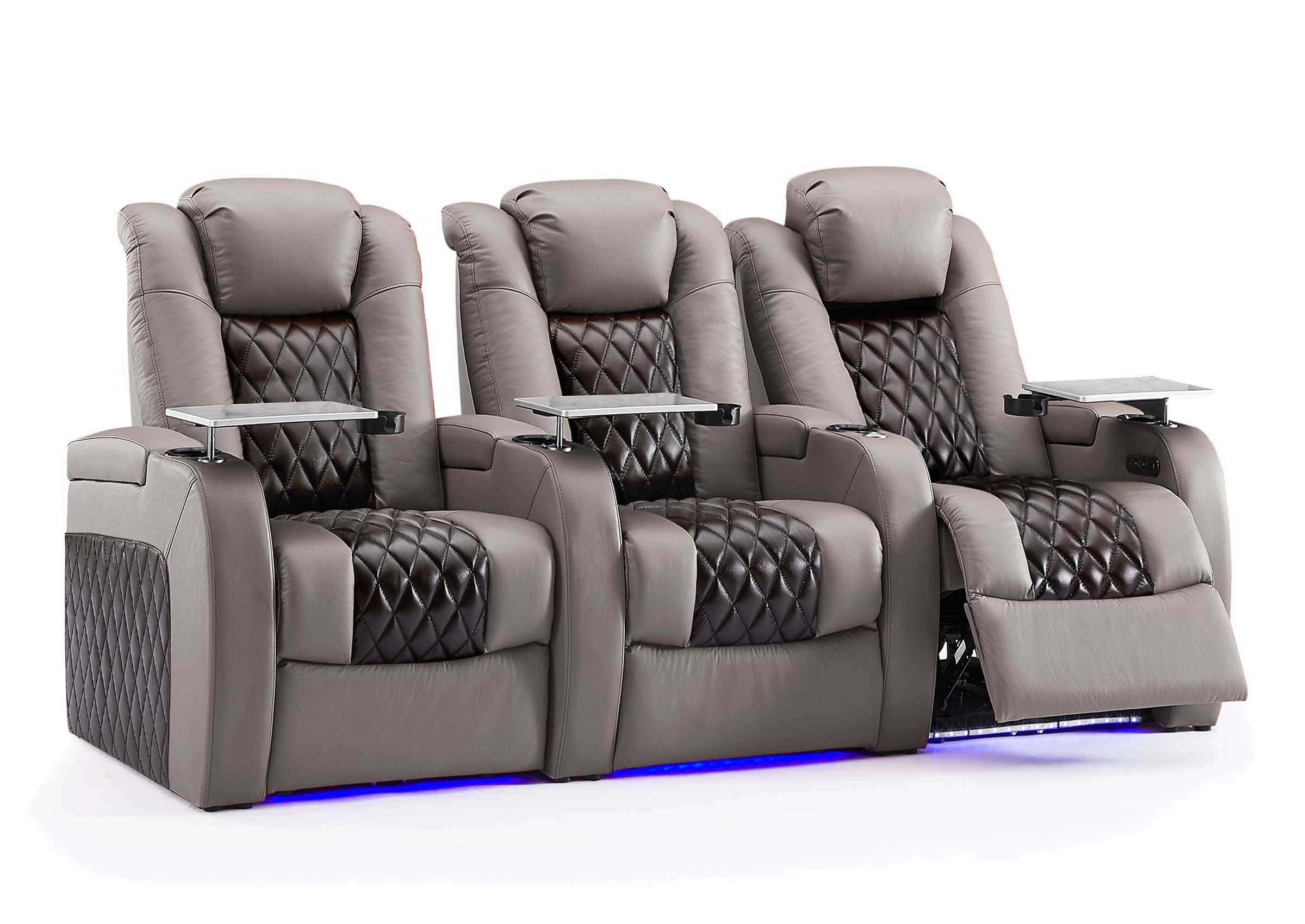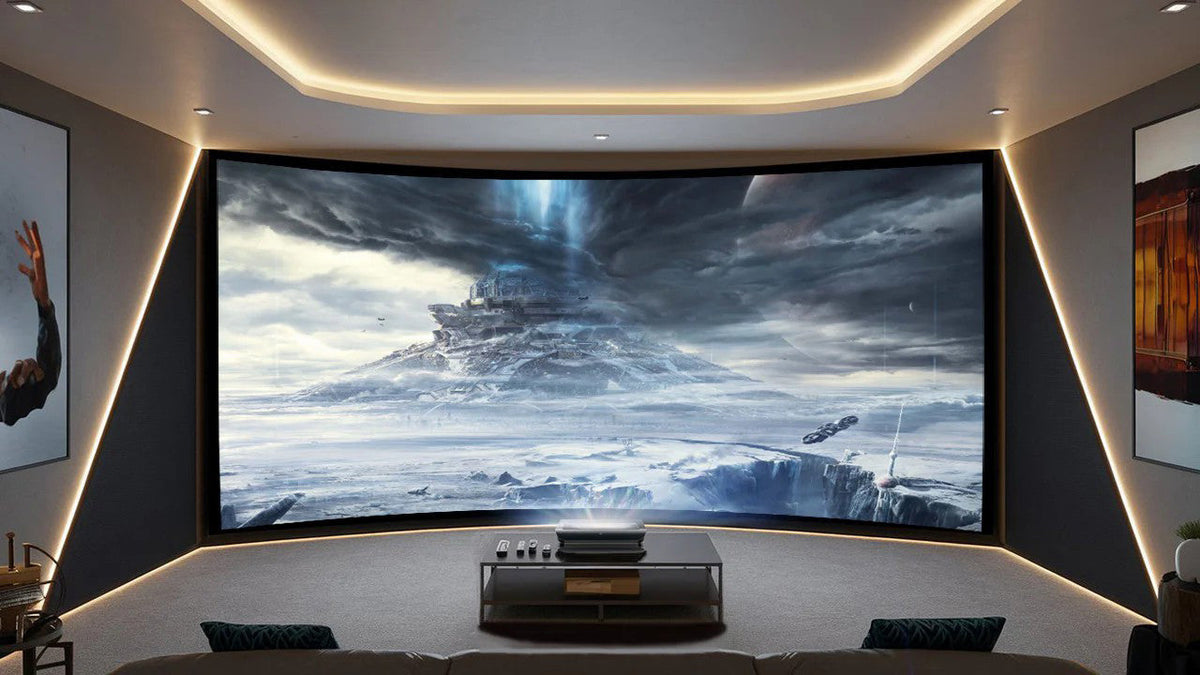The choice between projector and TV determines how you'll be using your media room. Both are excellent for picture quality, and each has its self-evident strengths in different scenarios. The recent developments on both TV and projector sides have brought along features like 4K, HDR, and smartness - which in reality makes it even more difficult to decide between the two. We will look at how your room layout, viewing habits, and budget can help you select the ideal one for you.
Key Factors to Consider When Choosing Between Projectors and Televisions
Picture Quality
Both current TVs and projectors support 4K but behave differently in actual use. TVs are 5 times brighter (500-1000 nits vs 100-300 nits), which suits them for light rooms. Although both can display sharp images, TVs generally provide clearer HDR content and darker blacks in normal lighting.
Screen Size
Televisions offer set sizes between 43 and 85 inches, with a couple of 98-inch models. Projectors can display much larger images between 100 and 300 inches. To be comfortable watching, you'll need to sit back approximately 1.5 times the screen height - televisions suit small rooms, while projectors take up more space but create a cinema-like atmosphere.
Installation Needs
TVs need minimal installation - simply wall space or a TV stand about 4 inches deep, plus power and device connections. Projectors have more planning to do: 8-15 feet of space depth (or 2-4 feet for short-throw projectors), a suitable screen, room-darkening equipment, and space for additional wiring. These installation needs often become the deciding factor in most rooms.

Projectors: Theater-Scale Images with Demanding Setup Needs
Key Advantages to Consider
Massive Screen Sizes
With the capability to project images up to 120 inches or larger, projectors transform ordinary rooms into cinematic venues. The sheer scale of the display engulfs viewers in the action, whether they're watching blockbuster films or cheering for their favorite sports team. This immersive quality sets projectors apart from traditional displays, creating an atmosphere that mirrors commercial theater experiences.
Room-to-Room Portability
Versatility distinguishes projectors from fixed displays. Their adaptable nature allows for various mounting configurations - from permanent ceiling installations to temporary setups. This flexibility extends beyond indoor spaces; enthusiasts can readily transform their backyard into an outdoor cinema or bring movie magic to any suitable venue.
Value for Large-Format Viewing
The economics of large-format viewing favor projector systems, particularly when considering displays exceeding 100 inches. While the initial setup requires careful planning, the cost per inch of screen size decreases significantly compared to premium television options, especially in the realm of truly large displays.
Important Limitations to Consider
Sensitivity to Room Lighting
Ambient light poses a significant challenge for projected images, necessitating thoughtful room design. While modern projectors have made strides in brightness, optimal viewing still demands controlled lighting conditions. Many enthusiasts find themselves investing in room-darkening solutions to achieve the desired image quality.
Complex Room Requirements
Setting up a projector system demands careful consideration of room geometry and infrastructure. The relationship between throw distance and image size influences both placement and room layout. Proper screen mounting, cable management, and equipment positioning all play crucial roles in achieving optimal performance. These factors often necessitate professional expertise for the best results.
Regular System Maintenance
Projector ownership entails regular upkeep to maintain peak performance. Traditional lamp-based units require periodic bulb replacement, while laser models offer extended longevity at a premium. All projectors benefit from routine dust removal and environmental care. Additionally, the presence of cooling fans introduces an acoustic element that requires consideration, particularly in intimate viewing spaces.

Televisions: High Performance with Size Limitations
Notable Strengths to Consider
Exceptional Brightness and Clarity
Modern TVs excel in well-lit environments, with their powerful LED and OLED panels delivering vivid images even in bright daylight. Their superior brightness handling ensures consistent picture quality throughout the day, while advanced HDR processing creates stunning contrast in any lighting condition. This versatility makes TVs ideal for multipurpose rooms where lighting can't always be controlled.
Plug-and-Play Convenience
Setting up a TV has become remarkably straightforward in recent years. Smart platforms come built-in, offering instant access to streaming services and gaming features. Wall mounting or stand placement requires minimal effort, and most TVs now automatically configure themselves with connected devices. This seamless integration extends to voice control and smart home systems.
Durability and Low Maintenance
TVs shine in their longevity and minimal upkeep requirements. Unlike projectors, they don't need lamp replacements or regular cleaning. Most modern TVs can operate for many years with virtually no maintenance beyond occasional dusting. Their sealed designs protect internal components, contributing to their reliability and consistent performance over time.
Key Limitations to Consider
Physical Size Constraints
While TV technology continues to advance, physical size remains a limiting factor. Most consumer TVs max out at 85 inches, with larger sizes becoming exponentially more expensive. This ceiling can feel restrictive for those seeking a truly cinematic experience, particularly in larger rooms where viewing distance isn't a constraint.
Premium Pricing at Large Sizes
The cost curve for TVs rises steeply with size. While mid-sized TVs offer excellent value, prices increase dramatically for screens above 75 inches. This premium pricing makes very large TVs a significant investment, often exceeding the cost of comparable projector setups for similar viewing areas.
Fixed Viewing Experience
Unlike projectors, TVs offer less flexibility in their viewing setup. Once mounted or placed, their position and screen size remain fixed. This permanence can limit adaptability for different viewing scenarios, such as hosting large gatherings or creating an expansive display for special events. The fixed nature of TV installations may also restrict furniture arrangement options in multipurpose rooms.

Which Display Suits Your Space: A Room-by-Room Guide
Choose a Projector for Movie Theaters at Home
A home theater room is where projectors can perform the best. The regulated lighting gives you the liberty to make the most of a large screen installation - ranging from 100 to 150 inches. You can position suitable surround sound speakers on either side of the screen and arrange your home theater seating at the perfect distance. Since you have control over the screen size, you can also proportion your room accordingly.
Pick a TV for Bright, Multi-Use Living Spaces
TVs are the better choice for day-use rooms. They work well in lighted rooms, turn on instantly, and play all content from news to sports without a problem. You don't need to adjust your room lighting, and the built-in speakers are usually good enough for normal viewing. TVs also look neat in living rooms and don't require extra setup.
Gaming Setup: TV for Speed, Projector for Scale
For games, your choice will be based on what you play. TVs, especially newer OLED and LED TVs, give faster response rates and gaming features like variable refresh rates - perfect for action games where quick reaction is a must. Projectors are perfect for story-based games or party multiplayer games when you want a massive screen. If you have high-speed internet games, use a TV. If you like immersion in single-player games, a projector might be worth considering.
Set Up Your Media Room with the Right Display!
When choosing between TV and projector, think about what you are going to do in your room. For home cinema, a projector gives the biggest screen experience. For everyday watching in brightly lit rooms, TV is the best with its portability. Think about your room's illumination, size, and main function - movies, games, or everyday watching. Both are excellent picture quality, so pick what will work best in your room and daily habits.




